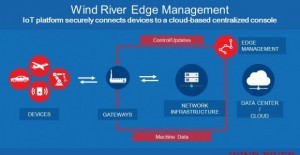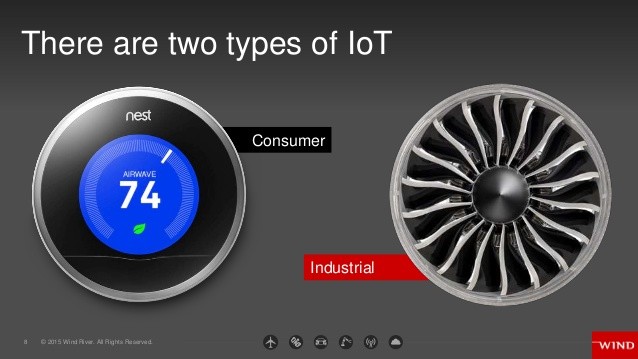Dinyar Dastoor, Vice President and General Manager, Operating System Platforms & Internet of Things (IoT) , Wind River, speaks with EFY.
How are things changing in the IoT industry?
The embedded industry has been a manufacturing led industry where you have companies like ABB or Bosch, who design commercial devices. With IoT emerging, there are two big groups of the market showing up. One group of market segment is integrators. They are generally solution providers who in the process of providing solutions they would like to get commercial hardware and commercial software that will work on it. The integrators do not have the time or even skills to provide the developers a device from scratch. They are looking for a ready-to-use platform.
The second group of market segment is end users. End users would traditionally buy equipment from factory. But today end users are also looking at customisation of a device. Therefore, end users are actually driving the IoT market. We expect about 25 billion devices to be connected by 2020. WindRiver already has 6 billion devices running in the world today. So the predicted 25 billion devices will not be able to get connected one by one. They have to be ready to go and commercial off-the-shelf components have to be together. Therefore our platforms adhere to system integration and device customisation is very simple. And when you’re connecting to the cloud, the complexity of the connectivity is also abstracted.
What’s new from WindRiver and Intel for IoT?

In the last four years in the world of operating systems, we have made great in roads. We have launched a complete solution of the EDGE package; two operating systems on EDGE and cloud services. The highlight of the operating system platform is that they are cloud connected and the plug ins are available freely for commercial and non-commercial usage. These platforms are configured i.e. they are binary images enabling users to start writing applications within minutes. This is was mainly done to accelerate the Internet of Things (IoT).
The three important components that we are launching are: a platform with binary distribution, cloud connected and free components. This solutions extends its footprint to 32-bit MCUs.
EDGE, cloud and business intelligence are three big blocks of IoT. From a WindRiver perspective, platforms on EDGE address the sensor, time and the gateway market. On the cloud side, we are addressing app development and simulation tests augmenting our IoT platform that we launched last year.
The IoT systems have very long life cycle but the technology, environment and other things will constantly change. There is a need for an infrastructure to take care of these changes. The trick is where you want to develop an application and before you deploy it, you want to test it in the larger system. What we have launched here is a development environment in the cloud and all the tools are based on browser. So it is a multi device format and we can work from tablets, mobile phones or gateway operating systems. We provide the complete cycle of edit, compile and debug. The benefit of cloud is collaboration across the world. The device SDK manages the debug, compile and edit cycle. You can host hundreds of selected devices and develop. That’s the beauty of cloud.
Once you develop the application, now you are looking at deploying it. But before you deploy it to hundreds of devices in the field, you really want to test as a system. So if you need a way of simulating a larger system. It is very expensive to set up a lab. WindRiver has a product line of simulation which has been integrated with cloud.
Talking about the sensor, gateway and device side, we have a tiny, real-time OS for MCUs. It is called WindRiver ROCKET and for the device and gateways, we have a linux variant called PULSAR Linux.
What are the kind of challenges and opportunities being created by IoT?
The opportunities list is pretty long. When devices start connecting with the cloud, you have tremendous amount of opportunities of how you share data and monetise you business model. The challenge on the other side is that it looks very attractive but putting it in action requires a lot of infrastructure. It is one thing if you say I have one device which talks to the cloud and I send data, but if you have 1000 devices and they have to run 7 – 10 years, you have to figure out a way to manage those devices for such a long period of time.
How will this impact developers and designers creating IoT products?
Currently, we have three simple platforms available and we will continue to augment it. For example, we have 3GP protocols already running on ROCKET. You can connect cloud service or if you have Wind River’s device management, it connects pretty much seamlessly. We are constantly looking at codes which are useful for IoT and we would constantly augment it into our library.
Application areas where this offering can be implemented and enhance customer experience?
From an industrial stand point, areas that experience lot of temperature and vibrations can make use of our latest offering. From a maker hobbyist standpoint, the sensor kits that come with boards can be programmed using our cloud service. They should be able to start programming immediately by just entering a user name and password. They need not refer manuals to learn programming as there are libraries to program the sensors.
`












